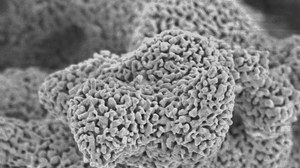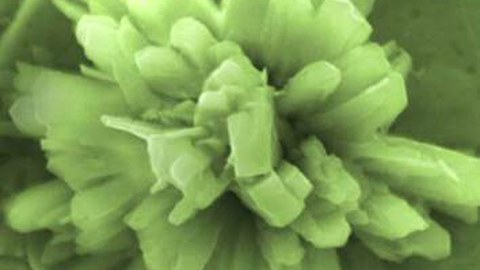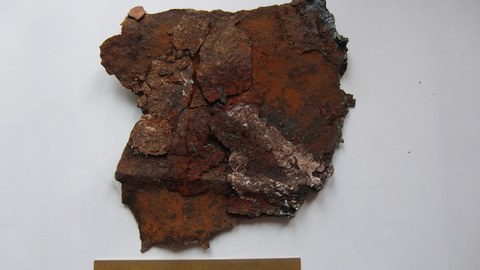Corrosion and Surface Science
Our group works on topics relating to the development and testing of surface coatings as well as problems in the field of corrosion and corrosion protection of metals.
Fields of research
- Functionalisation of technical materials surfaces:
-
Piezo-, pyro- and ferroelectric materials for active switching of surface properties:
The electric fields that appear on the surfaces either due to a change in temperature or mechanical stress are used to control charge-dependent interfacial interactions as well as biological and physical growth processes. -
Hydrothermal production of ceramic coatings: biocompatible ferroelectric and ferromagnetic coatings are grown on different substrates in high pressure hydrogenation systems for functional implant materials.
-
Biomimetic implementation for surface functionalisation: e.g. hydrophilic-hydrophobic structures for the development of ice-repellent surfaces that exhibit anti-adhesive behaviour towards flowing media and prevent the adhesion of ice layers.
-
Use of biological structures for surface functionalisation:
Using sol-gel technology, biological agents and organic components can be incorporated into coatings. In this way, biocidal coatings are produced and mechanical coating properties are optimised.
- Determination of coating properties:
- Contact angle/surface energy,
- Adhesion properties of surface coatings,
- Mechanical load capacity of coatings,
- Ice-repellent properties
- Achievable supercooling of sessile droplets,
- Adhesion forces/ stress of adhering ice volumes
- Corrosion investigations:
- Composition of corrosion products
- Desing and evaluation of corrosion protection measures
- Electrochemical measurements, especially electrochemical impedance spectroscopy (EIS)




